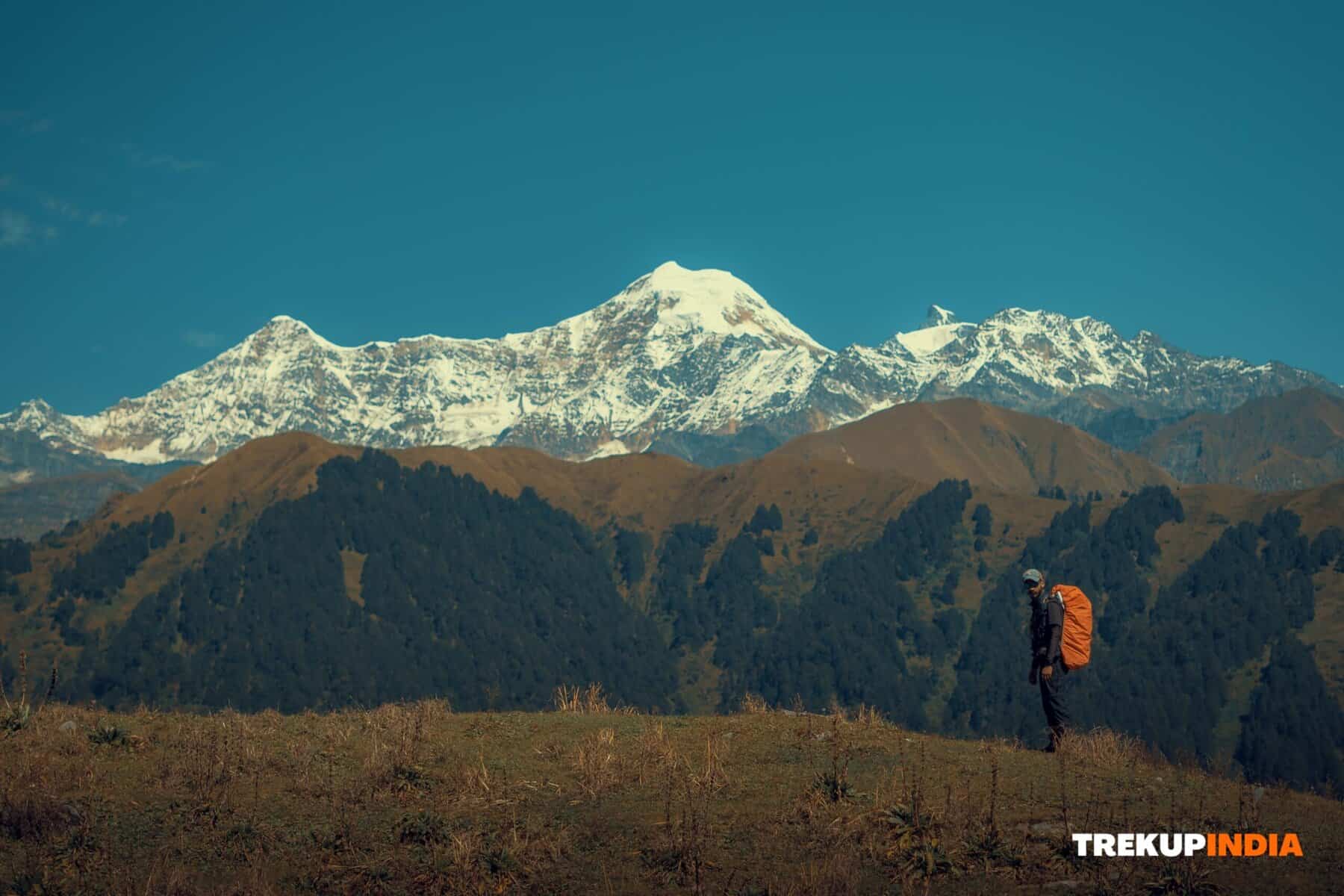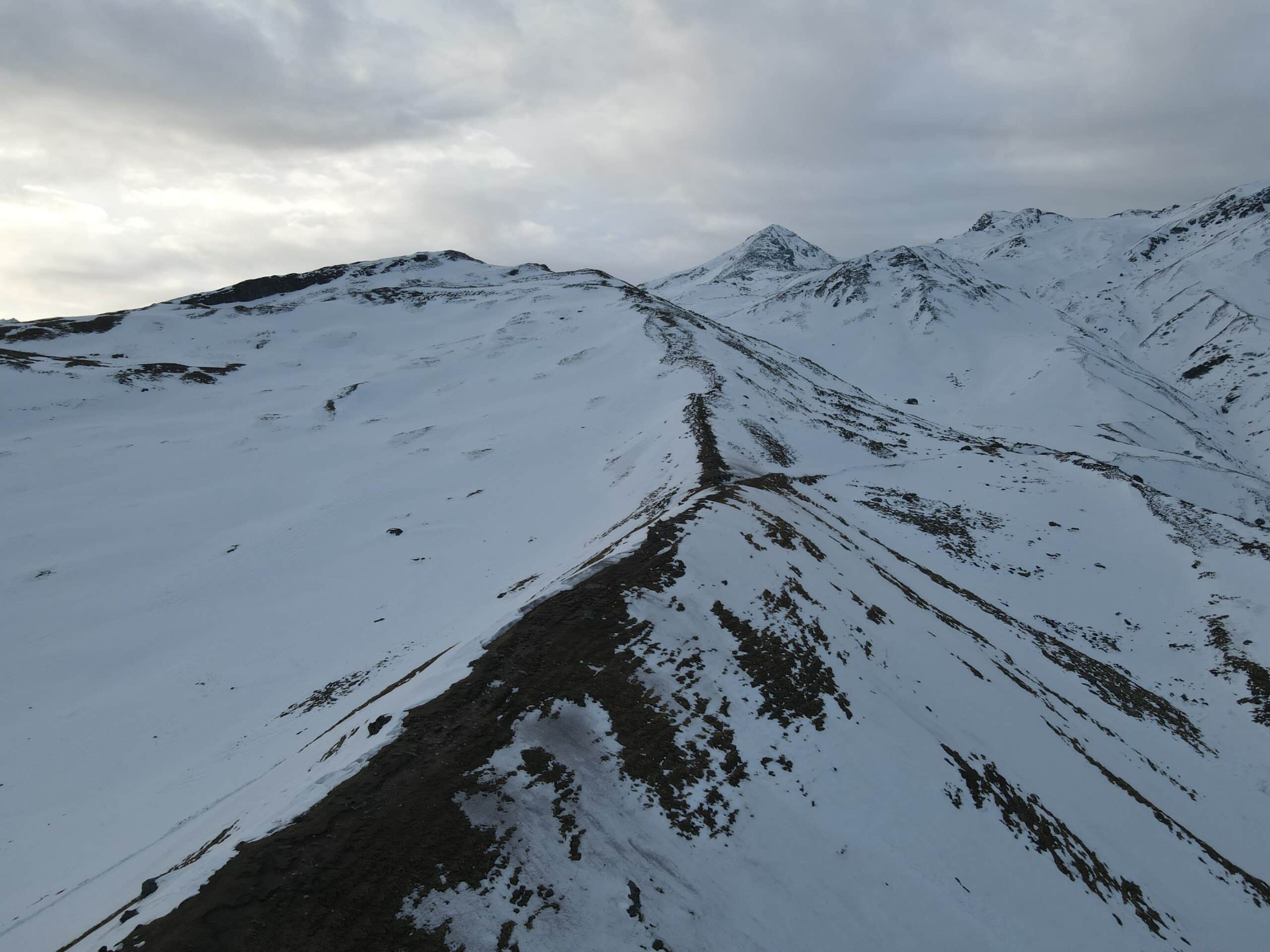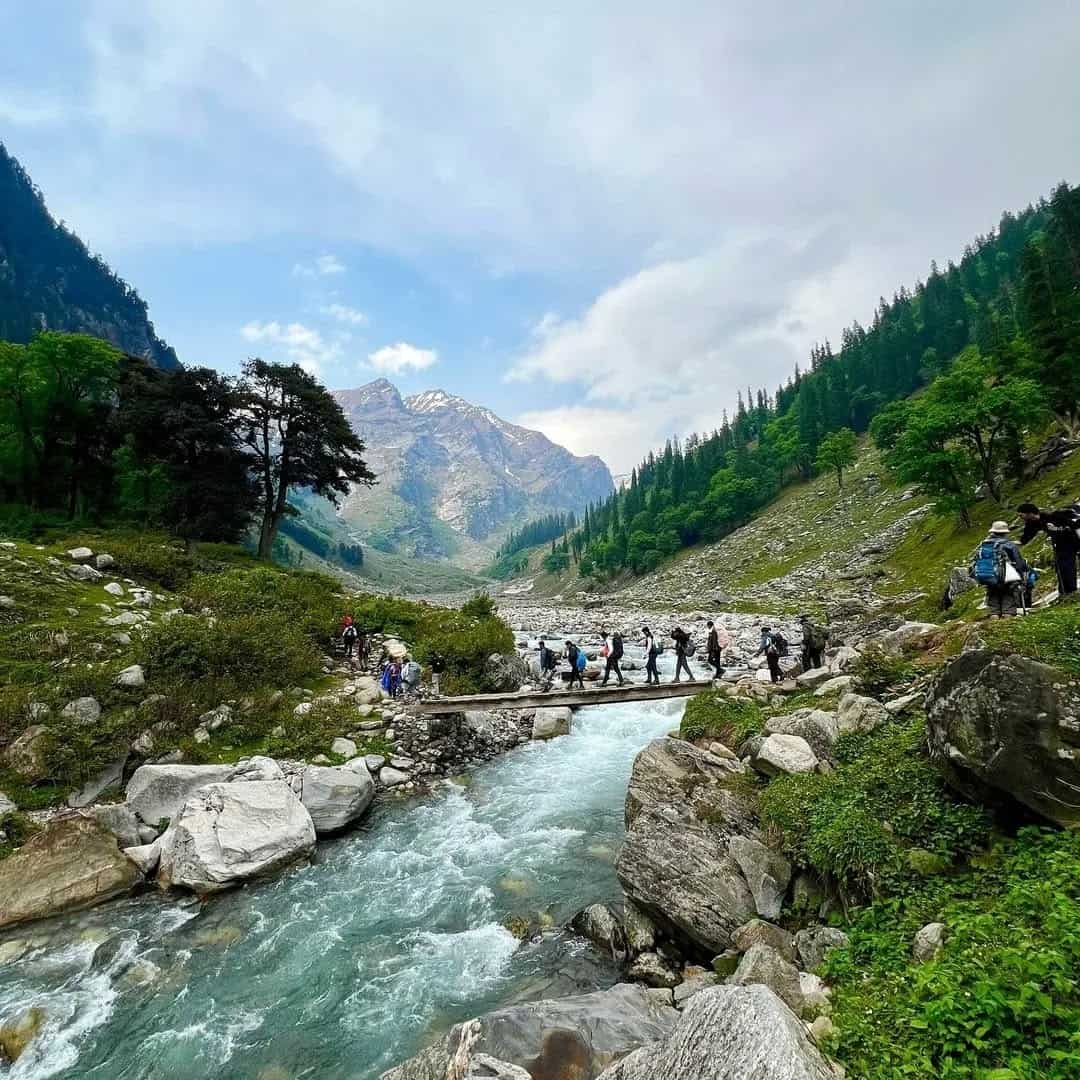Rain Trek Adjustments: Quick Tips for Sudden Downpours
Trekking in India’s Himalayas or Western Ghats often means bracing for unexpected mountain weather, from sudden showers of rain that come seemingly out of nowhere, to seemingly dry times where sudden bursts of precipitation leave trekkers feeling unprepared. TrekUp India has witnessed how quickly skies can change from blue to grey, and how seasoned trekkers react calmly while others struggle. No matter if you’re trekking monsoon treks of the higher elevations of Himachal or Uttarakhand, knowing how quickly to adjust when raindrops fall is key for both safety and ease.
Here is a brief guide from one of our expert trek guides to assist in dealing with sudden rainstorms effectively.
1. Keep Your Rain Gear Accessible
The first rule of keeping rain gear accessible: don’t stash it at the bottom of your bag. For optimal access and performance, rain jackets or ponchos should be stored either externally in an accessible pocket, or at the highest point on your backpack knowing where it will be kept can make all the difference between having an enjoyable or wet day.
Quick Tip: TrekUp India recommends light ponchos that offer you protection and comfort during long treks where weight and space constraints may be an issue. This makes trekking even easier!
2. Install and Use Your Rain cover Promptly
Many modern trekking backpacks feature rain covers; however, you should check them prior to hitting the treks. When the clouds gather or the first drop falls, be sure to protect your pack immediately; even an incidental delay could allow water damage.
Note: For added waterproof protection of clothing, electronics, and sleeping bags in your bag, line its interior with the interior of a garbage or dry bag. This second layer can serve to seal out moisture that may leak in through cracks in the fabric.
3. Revamp Your Footwear Strategy
Are You Aware That You’re Walking in Wet Terrain
Do You Recognize That Walking on Wet Ground Can Be Wet And Uneven
Laces should be tightened to prevent slippage.
Opting for synthetic or quick dry socks instead of cotton socks helps prevent moisture build up in your feet, as cotton allows water to collect in them and remain stagnant for an extended period.
If your boots become waterlogged, don’t ignore it: take steps to dry and air out each pair between breaks.
On certain treks through the Western Ghats or during monsoon times, TrekUp India trek leaders often recommend open toed trekking shoes with good traction for crossing streams or rivers, such as those led by TrekUp India. These will allow more grip in wet or muddy environments.
4. Secure Electronics & Essentials
To keep electronics and essentials protected, utilize zip lock bags, dry bags, or pouches made of waterproof material in order to:
Phones, maps, permits or maps, first aid kits, and energy drinks should all be on board to prevent water damage to electronics in their bags. Trekkers with experience often include silica gel bags in their electronic bags to minimize potential build up of water.
5. Stay Warm to Avoid Hypothermia
Wind and rain combined with elevation can quickly bring down body temperatures, even during summer.
Soaking in water at higher elevations may even pose dangers.
Apply a moisture wicking base layer.
Utilize a layer of fleece or thermal middle layer for additional insulation.
At TrekUp India, we recommend keeping at least one set of dry clothing in your backpack at all times in case any emergencies arise.
6. Slow Down to Increase Stability
On wet or muddy treks, especially those located within forests or on rugged terrain, take extra caution with your pace and position when setting out. Be patient! Set a slower pace.
Reduce your stride length and use trekking poles to maintain balance on your walk.
Be wary of moss covered rock formations and slopes of mud.
Falls and slides in the rain can be among the primary sources of injury, making proper movements an absolute must to stay upright and safe. Achieve this balance with slow, controlled steps.
7. Build an Emergency Shelter
Have you found yourself caught in a torrential downpour with nowhere to turn for shelter? Create an improvised makeshift shelter when this occurs to provide refuge from rainstorms and heavy showers.
Use your poncho and tarp as shelter from rain between rocks or trees.
As heavy rainfall hits, be mindful to stay dry to prevent trek erosion, landslides, and possible injury.
Be wary not to sit on damp ground; use your bag or mat as protection from such situations.
8. After the Rain
Gear & Trek Check Now that it has stopped raining, check your gear and trek equipment.
Take this time out of your trip to collect footwear and clothing items from home before returning.
Checking trek conditions such as landslides, flash floods, or river swelling could require route adjustments.
Keep an eye out for leech prone zones, particularly in lower altitude forest regions like Kerala and Karnataka.
Conclusion
At TrekUp India, we believe rain shouldn’t dampen your enthusiasm for an adventure. Although unexpected showers may test your resiliency and preparation levels, they also provide a uniquely refreshing perspective of India’s trekking landscapes, from misty pine forests in Himachal to the Western Ghats’ muddy treks.
Careful consideration can make hiking in the rain not only manageable but also truly satisfying and memorable. With a proper mind set and preparation, hiking through the rain can become both rewarding and manageable.
Be mindful that when it comes to Indian nature, nature always guides in the right direction; your task is simply to follow in conscious awareness with understanding and the ability for adaptation.
Share this article
Want To Trek Like Pro?
Check out the following videos if you want to trek like a pro trekker and improve your skills. These videos contain helpful tips, tricks, and techniques to help you trek like a pro. Whether you’re a beginner or an experienced trekker, these videos can provide valuable insights to enhance your trekking experience. So, watch the videos below by Trekup India experts to take your trekking skills to the next level.







Know Everything About Acute Mountain Sickness
Acute Mountain Sickness is a medical condition that can occur when individuals travel to high altitudes, typically above 8,000 feet. It is caused by the decrease in air pressure and oxygen levels in the air as altitude increases. Symptoms of Acute Mountain Sickness may include headache, nausea, vomiting, dizziness, and difficulty sleeping. To avoid Acute Mountain Sickness, it is important to gradually adjust to high altitudes and seek medical attention if symptoms worsen. To learn more about this condition, check out the videos by Trekup India.









